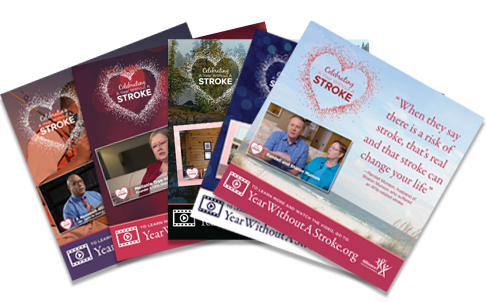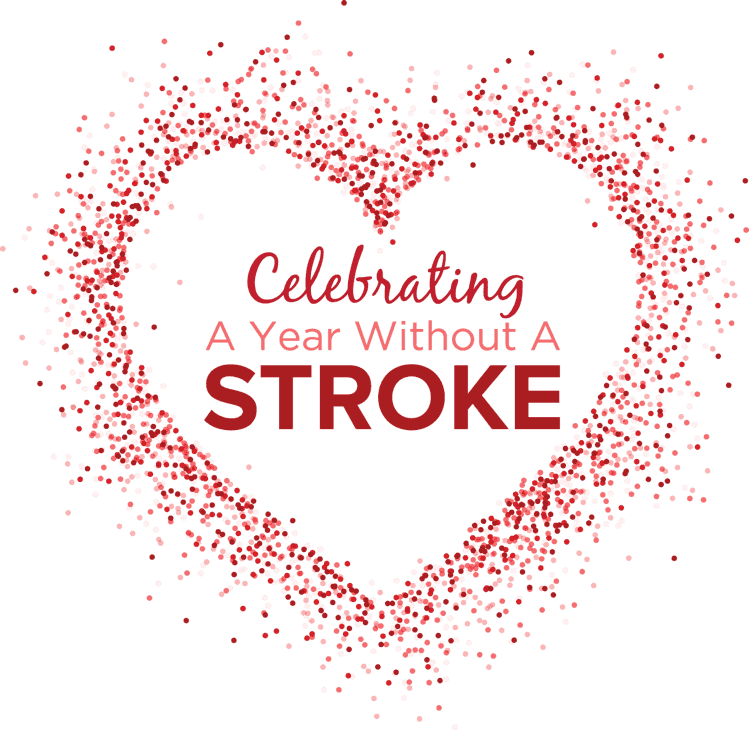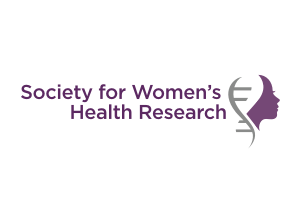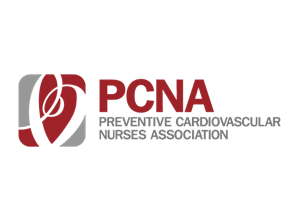About The Campaign
The risk of stroke from conditions like atrial fibrillation (AFib), coronary artery disease (CAD), peripheral artery disease (PAD), and venous thromboembolism (VTE) is real, and can quickly change your life. This campaign shares the real stories of people who have experienced and seen first-hand how serious these strokes can be. These advocates all share the mission of educating patients and their loved ones about stroke risk and prevention, so that they can Celebrate a Year Without a Stroke.
Celebrating Their Stories
These advocates share their stories about the importance of stroke prevention and what Celebrating a Year Without a Stroke means to them.
Reliable Resources
-
Vea este cortometraje para averiguar los factores de riesgo, causas , síntomas y opciones de tratamiento de la ETV.
-
Living with VTE and Preventing Deadly Blood Clots
Watch this short film to find out the risk factors, causes, symptoms, and treatment options of VTE. Available in English and Spanish. -
Atherosclerosis and Its Serious Consequences
This infographic provides valuable information about atherosclerosis and its consequences including, coronary artery disease (CAD) and peripheral artery disease (PAD). Combined these conditions impact an estimated 25 million Americans. Learn more about the symptoms, risk factors, complications, diagnoses, and treatment of these serious diseases. -
A Patient’s Guide to Living with AFib
This brochure gives an overview of AFib symptoms, diagnosis, treatment, and more. -
Como Prevenir una Apoplejia por Fibrilacion Auricular
La fibrilacion auricular (AFib) afecta la manera sangre flyue a traves del corazon y lo hace vulnerable para la formacion de coagulos, que pueden viajar al cerebro y causar un derrame cerebral en una persona con AFib es 500% mas alto que en alguien sin la enfermedad, el tratemiento para reducir el riesgo de accidente cerebrovascular es esencial. Anticoagulantes, tambien llamados anticoagulantes, pueden ayudar a reducir el riesgo de accidente cerebrovascular. Tiempo hemorragio fatal en un anicoagulante es rara, y para la mayoria de los pacientes AFib, el beneficio de prevenir AFib causado accidentes cerebrovasculares supera el aumento del riesgo de sangrado. -
Como Vivir con Fibralacion Auricular
Fibrilación auricular, también conocida como Fib A, es el tipo más común de arritmia, o latidos irregulares del corazón. Se estima que 5 millones de estadounidenses viven actualmente con AFib, y se vuelve más común con la edad. AFib aumenta significativamente el riesgo de accidente cerebrovascular de una persona, por lo que es importante reconocer sus signos y síntomas y buscar tratamiento para reducir el riesgo. Sin embargo, es importante tener en cuenta que algunas personas con FibA nunca experimentan síntomas, y se diagnostican cuando un profesional de la salud detecta un latido irregular del corazón durante un examen de rutina o durante una visita para otra condición de salud. Vea este cortometraje para aprender acerca de los factores de riesgo, causas, síntomas y opciones de tratamiento de AFib. -
Stroke Prevention in AFib Educational Film
Learn more about how AFib causes stroke, and the importance of stroke prevention, in this animated film. -
Living With AFib Educational Film
Get an overview of the disease in this animated film.

Participate In Our Campaign
Help us spread the word about the importance of stroke prevention! Print out posters for your office, download social media graphics for your outreach, and share the videos via YouTube.


















